Hay
-
A survey reported online recently by ‘Progressive Cattle’ asked cattlemen what aspect of their management they would most like to improve. By a wide margin, “Grazing” was identified as the item that benefit from an upgrade. Many producers recognize intuitively how influential grazing management can be on the success of a livestock operation. Perhaps unfortunately, no…
-

If you are feeding hay in the winter, eventually you are going to have to deal with mud. Mud increases animal stress and can lead to increased production costs. It is important for producers to know how mud limits livestock production and ways to manage this issue. How does mud reduce the profitability of my…
-
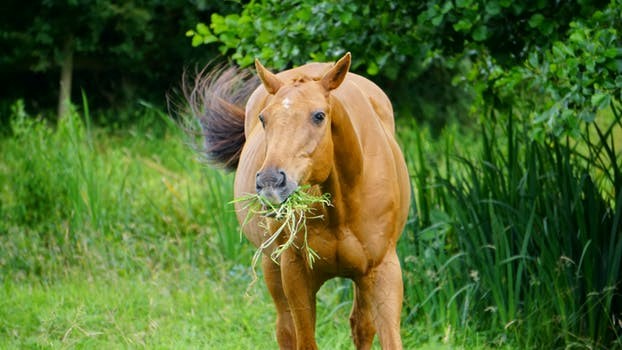
With over 80,000 head of horses in the state of Georgia, horse owners are looking for efficient and nutritional forage options. Horses are naturally meant to consume a forage-based diet and on average, should consume at least one percent of its body weight in forages. In most instances, pasture and hay should make up the…
-
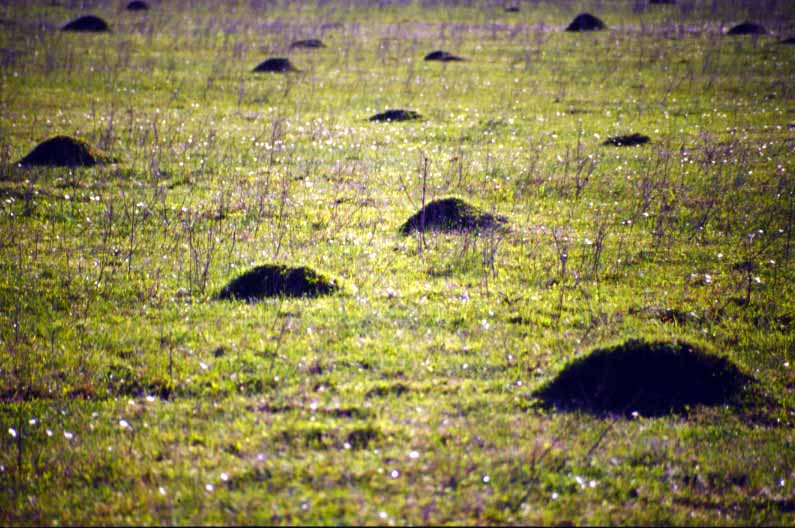
To be so tiny, ants can cause lots of turmoil in our hayfields and pastures including equipment damage, employee harm (i.e. loading square bales), and just plain aggravation. Many times we as livestock or hay producers have what we consider more pressing things to attend to: fertilizing, armyworm control, or everyday life. When we put…
-
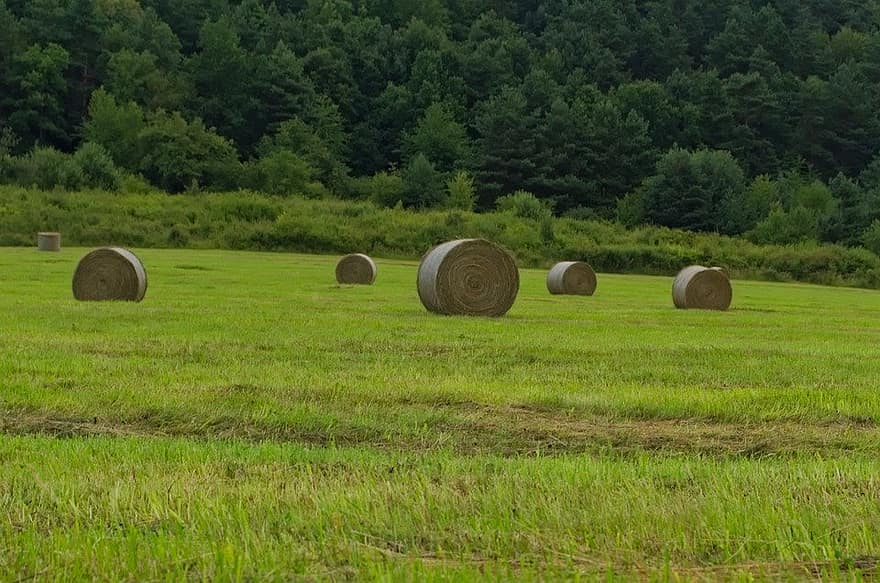
The late Alan Nation, longtime editor of ‘The Stockman Grass Farmer’ was fond of encouraging readers to identify any “unfair advantage” they had and to use that advantage to the fullest. Those advantages may be very specific to a particular operation or they may be more regional. In the Southeast, livestock producers can take advantage…
-

Hay is the most widely grown, mechanically-harvested agronomic crop in the United States. According to USDA, in 2019, the United States produced more than 57.7 million acres of forage crops harvested for hay. Annual production from this acreage is over 140 million tons of hay valued at more than 18 billion dollars. Stored feed, including…
-
The process of preserving quality forage is an art. In this process there are factors that we cannot control, i.e. the weather, but the type of bale wrap we choose can be controlled. Many times, our choice of bale wrap comes from our personal preference or the machinery that is available. When bales are stored…
-
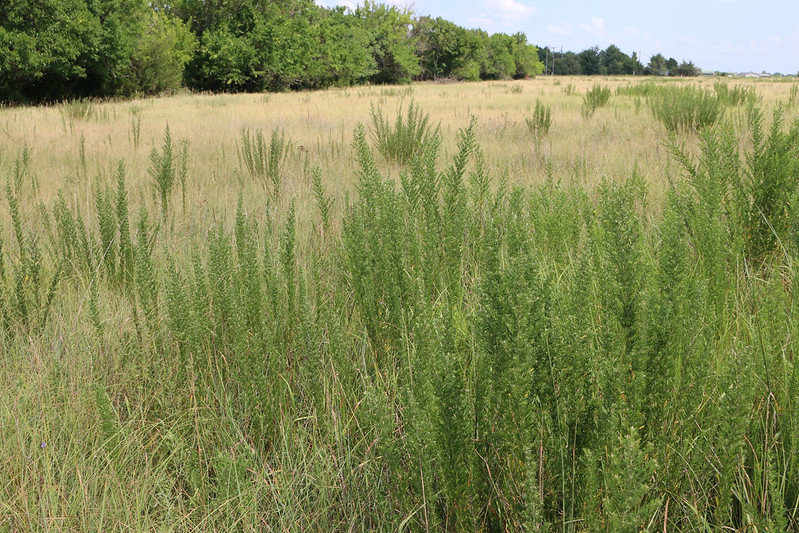
If you do a Google search for Sericea Lespedeza (Lespedeza cuneata), you will see results ranging from articles about controlling it as a weed, touting it as a highly invasive forb that creates a tremendous seed bank; to articles that praise its ability to help fight internal parasites in small ruminants. Determination of whether it…
-
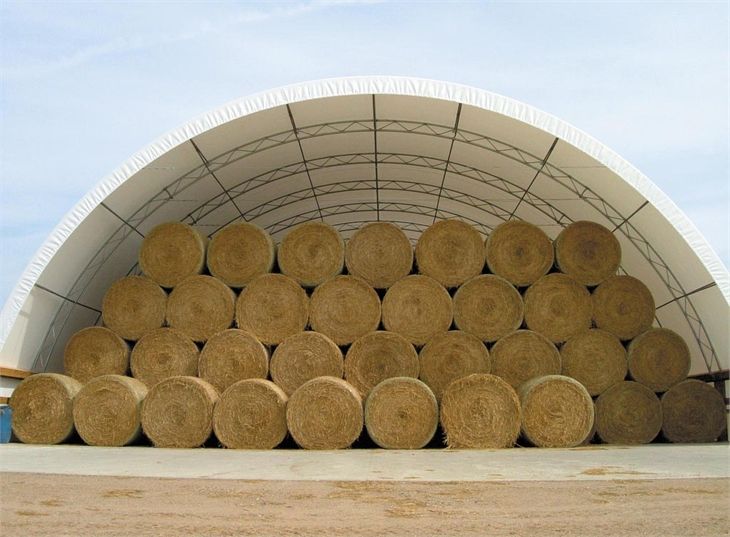
Did you know that according to research conducted by UGA, you can lose up to sixty percent of your hay by storing it uncovered outside? While choosing a site for your hay barns can be a challenge, these four main components can assist in making your decisions.
-

By Savannah Tanner Emanuel County CEA With over 80,000 head of horses in the state of Georgia, horse owners are looking for efficient and nutritional forage options to feed to their animals. A good rule of thumb for horse owners is that your horse should consume at least one percent of its body weight in hay or pasture daily. For a 1,200…